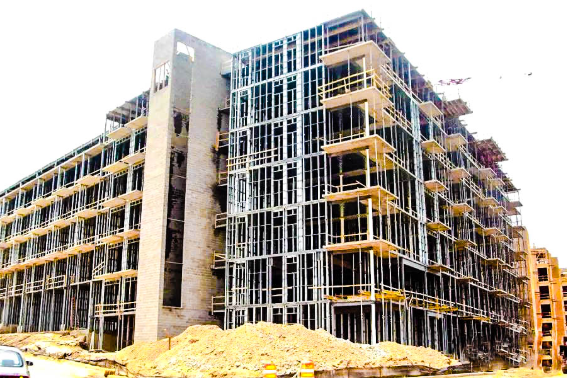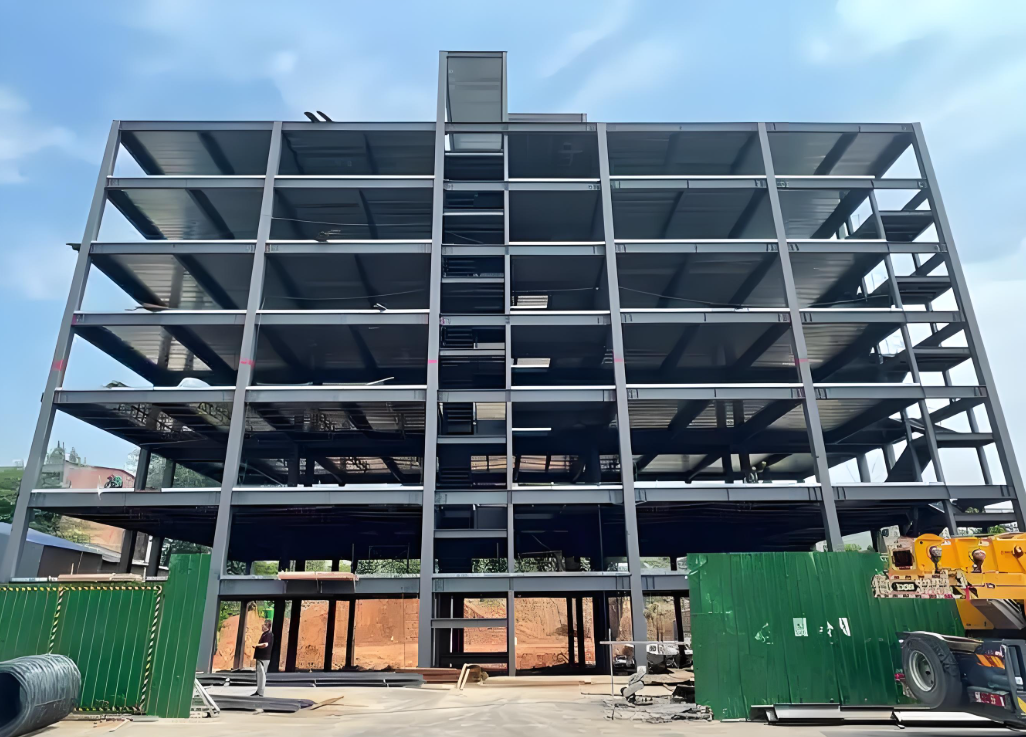Prefabricated Steel Structure Aircraft Hangars

Introduction toSteel Structure Hangars
A steel structure hangar (abbreviated as "hangar") serves as the primary facility in aircraft maintenance areas. Its layout, height, and structural configuration vary based on the following key factors:
- Aircraft types/quantity requiring simultaneous maintenance, maintenance scope, and complexity of tasks.
- Height and spatial constraints for hangar design.
- Door, crane, and platform specifications.
- Fire safety requirements (internal and external).
- Site conditions and future development plans.
Structural Design
Hangar layouts and height requirements directly influence structural design. Due to large spans, the self-weight of the structure (particularly the roof system) constitutes a significant portion of total loads. Reducing structural weight offers substantial economic benefits. Steel structures are favored for their high strength-to-weight ratio, compact cross-sections, weldability, and cost-effective fabrication.
Notable Case Studies:
- London Airport Hangar: Employs a bidirectional oblique-truss grid roof (170.15m × 83.62m) constructed with prefabricated tubular trusses. Made of high-strength steel (yield strength: 450 MPa), the roof is supported by 8 columns and additionally bears a 700-ton equipment load.
Frankfurt Airport Hangar (Germany): Features a suspended panel-strip roof (270m × 100m) divided into two spans. Each span contains 10 panels measuring 135 meters long × 7 meters wide.

Materials and Components
High-Strength Bolts
- Classified as standard components, these bolts are used for permanent connections in steel structures through initial tightening followed by final tightening.
- A large hexagonal head high-strength bolt assembly includes one bolt, two washers, and one nut. Specifications must comply with Table 5-10.
Storage and Handling:
- Store bolts in dry, rainproof conditions. Discard bolts with damaged threads or incompatible components.
- For bolts stored long-term or showing corrosion, conduct sampling tests to verify tightening force compliance before reuse.
- Ensure bolts remain free from dirt, oil, or contaminants during installation.



